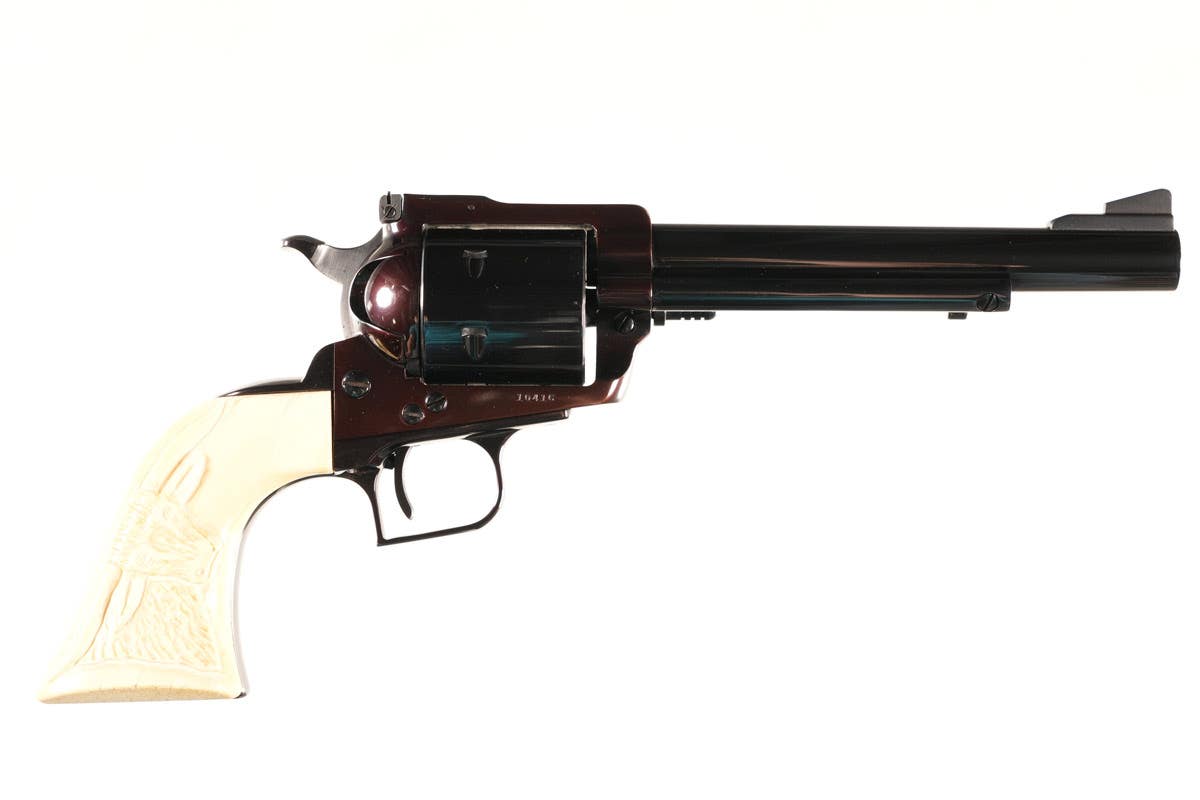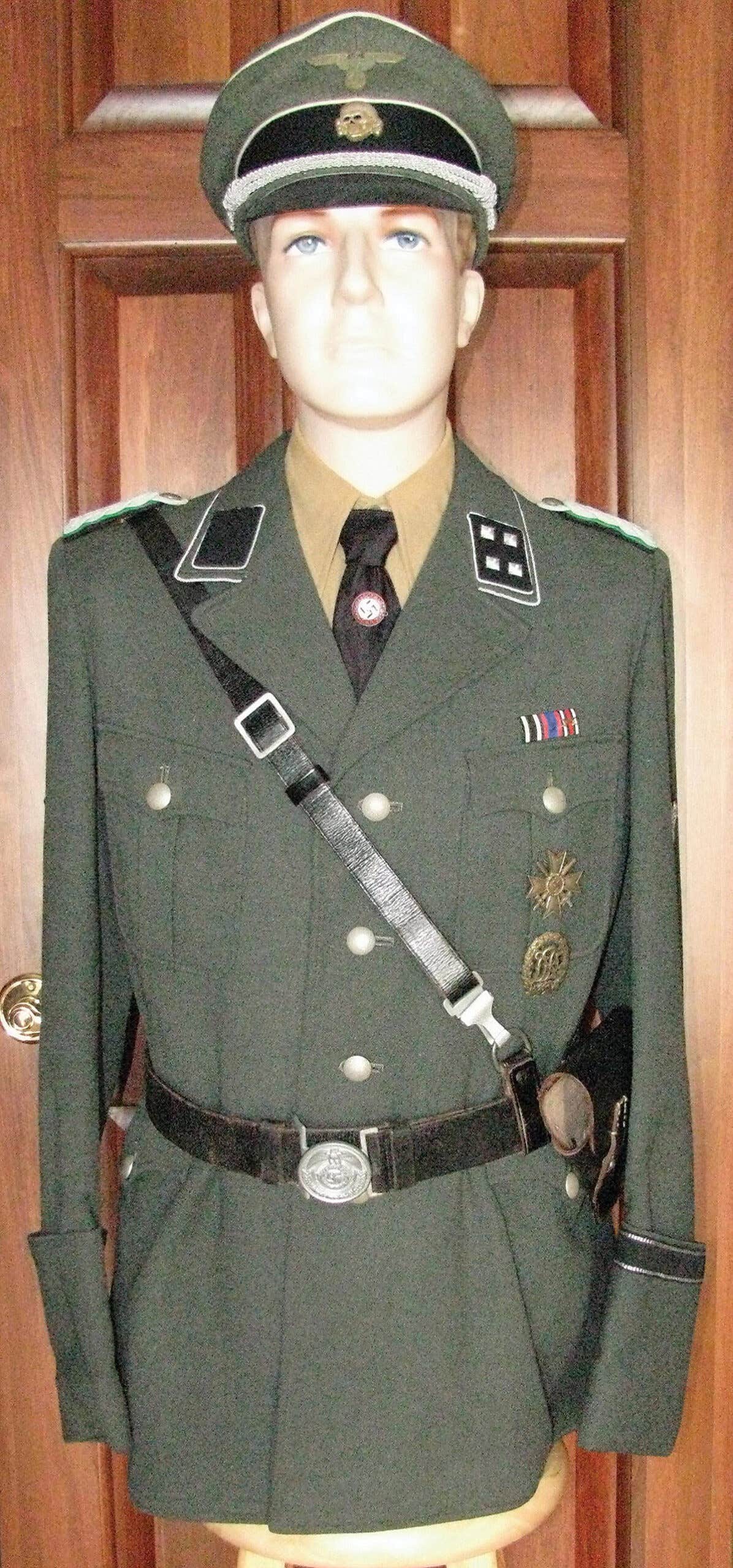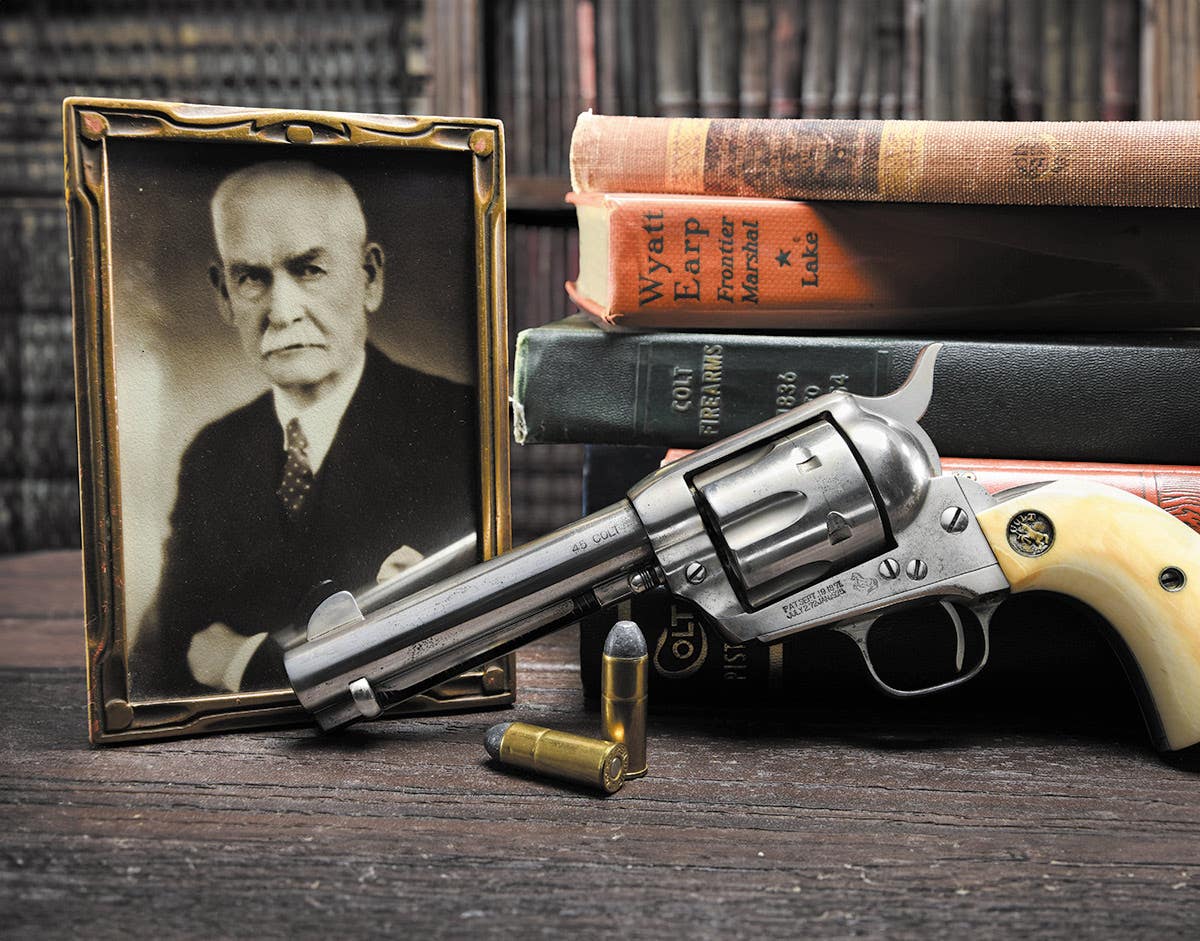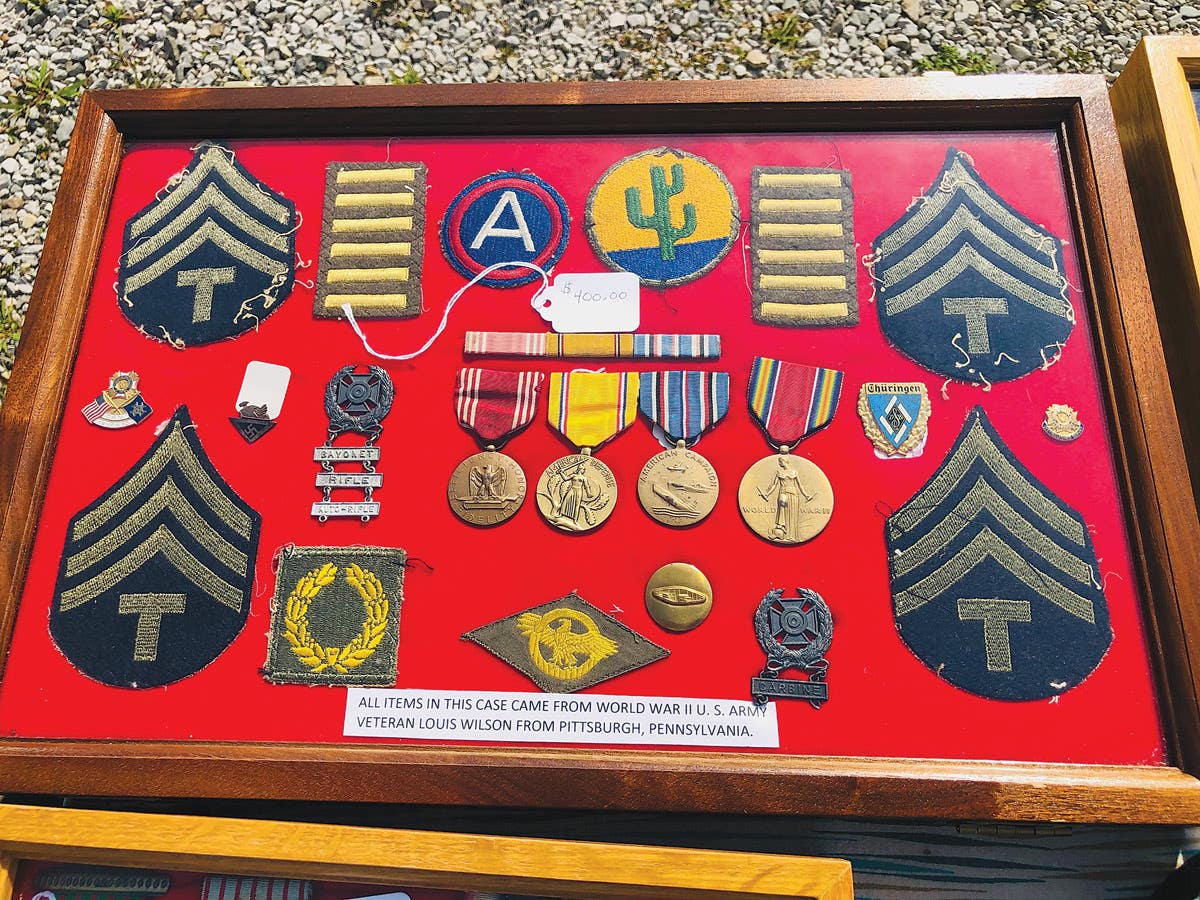Books In Review Bonus
To Hell with the Kaiser: America Prepares for War, 1916-1918, Vols 1 & 2, by Alexander F. Barnes (978-0-7643-4909-6 and 978-0-7643-4911-9. Schiffer Publishing, 4880 Lower Valley Road, Atglen, PA 19310;…
To Hell with the Kaiser: America Prepares for War, 1916-1918, Vols 1 & 2, by Alexander F. Barnes (978-0-7643-4909-6 and 978-0-7643-4911-9. Schiffer Publishing, 4880 Lower Valley Road, Atglen, PA 19310; 610-593-1777; www.schifferbooks.com. Hardcover, 8-1/2” x 11”, vol. 1: 320 pages, 543 color and b&w photos, $59.99: vol. 2: 288 pages, 640 color and b&w photos, $59.99)
CW-4 (ret) Alexander Barnes has once again taken on a little known subject and produced a 2-volume set that will provide all information that has been missing in the study of the preparation and execution of bringing the US Armed Forces to a War Standing through the National Guard program. As in his first book, In a Strange Land, the American Occupation of Germany 1918 – 1919, Barnes uses numerous photos to drive home the information provided much to the delight of those who collect military items or to the historian.
Beginning in 1900, Volume 1 leads the reader on a journey detailing each step of the development of the US Army and its dependence on the State’s National Guard programs. Barnes provides an excellent study of how, throughthe Punitive Expedition in Mexico, the U.S. Army utilized the National Guard on an extended training program in logistics, troop movement, the combined use of vehicles, airplanes and infantry. While many National Guardsman never made it into Mexico, their officers learned the organization and training that would be needed when the US entered WWI.
Detailing the leaders of the peace-time army and its transformation to a war footing is well-written and Barnes provides background on many of the men who would lead the US effort in WWI and WWII. Volume 1 closes with an excellent in-depth study on the building of the National Guard Camps and Divisions. Camps which will train thousands of civilians as the US extends further into the War which, just a few years earlier, many had thought we would not fight.
Volume 2 picks up and goes further into the subject of National Guard, Regular Army, Barracks and Stations utilizing rarely seen photos of the buildings, many of which only stood for a few years.
Barnes’ use of photos to show the differences between units and the equipment they were issued clearly points out that the men leading this effort made extraordinary strides, given the materials provided. Close-ups of many photos give the collector or historian the chance to see the varieties of insignia and devices used by the individual units.
Volume 2 also presents a study of patriotism. The reader can see the diversity America had in pulling together its military. Detailed photos of soldiers with their sweethearts, families, friends provide a look at the support troops received.
A section of Volume 2 covers the pandemic which swept the globe from 1918 to 1922. (My great-great uncle died of the Spanish Flu in England before he could join the troops in France). While there have been various studies of this subject, Barnes use of photos really brings it home.
Closing with a section on Occupation and bringing the troops home, Barnes uses an array of photos to show remaining structures at many of the Camps which were closed and demolished.
Historians and the military collectors have numerous opportunities to purchase good histories of subjects they find interesting. Rarely, do I feel books are “must-haves,” but this detailed study, combined with the use of so many rarely seen photos, is a reference library leader for learningmore about the effort to prepare US soldiers for victory. —Neil Johnson
Evasion and Escape Devices Produced by MI9, MIS-X, and SOE in World War II, by Phil Froom (ISBN: 9780764348396, Schiffer Publishing, 4880 Lower Valley Road, Atglen, PA 19310; 610-593-1777; www.schifferbooks.com. Hardcover, 8-1/2” x 11”,384 pages, 650 color images,2015, $69.99)
This book describes the design, manufacture, covert shipment and use of the many ingenious evasion and escape devices provided to Allied troops during WWII. Following the fall of mainland Europe, hostile Allied actions against land-based Axis forces were generally limited to air attacks. However, as the numbers of those attacks increased, the number of aircraft and crews failing to return grew alarmingly: something needed to be done to provide these air crews with aids to enable them to evade to safe territory or escape captivity, or losses of irreplaceable crews would become critical.
Britain’s MI-9 and U.S. MIS-X organizations were formed solely to support evaders and prisoners of war in occupied territories. This book is filled with hundreds of photos of rare devices the two organizations deployed with Allied Forces prior to operations in hostile territory or delivered clandestinely to POWs. Evasion & Escape is a rare opportunity to see inside the most secret operations of WWII.
Blue Seas, Red Stars: Soviet Military Medals to U.S. Sea Service Recipients in World War II, by David A. Schwind (ISBN 9780764348297, Schiffer Publishing, 4880 Lower Valley Road, Atglen, PA 19310; 610-593-1777; www.schifferbooks.com. Hardcover, 9” x 12”, 336 pages 629 color and b&w images, 2015, $69.99)
At the end of WWII, the Soviet Union decorated 217 men of the U.S. Navy, Coast Guard, and Merchant Marine who had performed “heroic acts” during convoy and anti-submarine duties in the Atlantic. For the last decade, David Schwind has made it his mission to identify and track down every remaining medal and capture the stories of these brave men.
This book is the culmination of that quest. Based on extensive archival research and in-person interviews with over 100 recipients or their families, Schwind takes the reader on a photographic and biographical odyssey exploring the lives of each recipient, illuminated by more than 600 images of exceptionally rare Soviet and American medals, photographs, and related documents still in the possession of the veterans and their families today. J
Established in 1993, Military Trader is dedicated to the collecting preservation, restoration, study, and display of historic military artifacts. Spanning interests from military uniforms to medals, or helmets to ordnance and weapons, Military Trader is your best source for in-depth techincal articles, artifact profiles, product and hobby news, current values, and show and auctions calendar.








